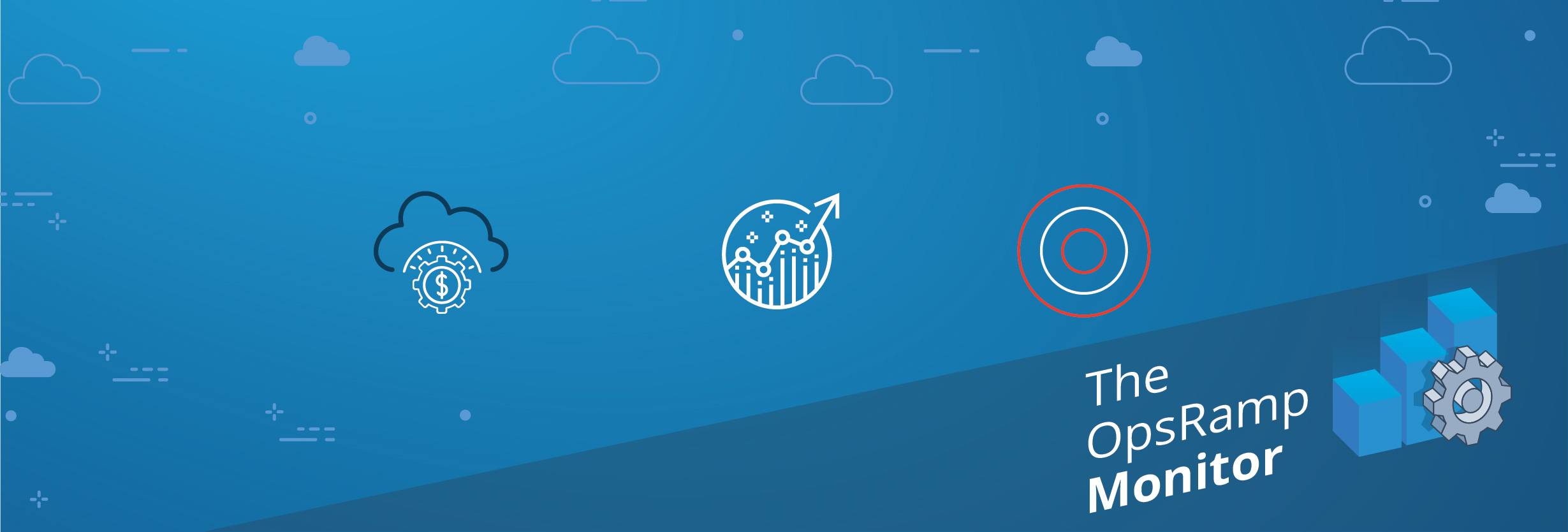Digital Transformation is just the beginning.
This article previously appeared on the Forbes Technology Council.
It’s such a cliché to open up any business pitch today with “the pace of change is accelerating,” or “the world is getting more complex.” Business leaders know this is true. But let’s dig a little deeper into these very broad, generalized statements. I’m meeting with senior IT leaders every day who lump all complexity and change into one blanket statement of “my world is getting crazier. I don’t even know what I don’t know.” I tell them to stop and take a breath. Let’s talk about what is happening in the business that has created this current state of IT operations madness and how to address these new management challenges.
Over time, after hundreds of these conversations, I’ve started to see three themes of digital transformation arise. Each of these is contributing to more than just technological complexity; they are the drivers of business complexity. And the sooner that business leaders can identify these three themes within their own organizations, the sooner they can address them.
Before we get into these themes, it’s important to recognize that the fundamental driver of change is Digital Transformation, but it’s more than just the move to digital processes. Five years ago, it was cool to say that ‘digital transformation’ meant that every business was becoming a software business. But we’ve come a long way since then. Today, every business unit is behaving like a technology startup. Disparate teams, divisions, subsidiaries, and departments are acting independently from the whole, spinning up services, applications, cloud instances and devices. A new form of what was once called “Shadow IT” has come into the light. This means that every central IT team needs to become a startup incubator, managing several different ecosystems of infrastructure, applications and technology solutions. They need to provide flexibility back to the business while still maintaining visibility, governance and control.
Because the Digital Transformation has completely disrupted the old way of doing business, it’s created three new, more specific transformations that the business must undertake to innovate:
1. IT Infrastructure Transformation: This is the theme that most commonly arises in my discussions. As the technology landscape becomes more capable, it also becomes more complex. Today’s hybrid IT infrastructure simply isn’t getting consolidated. It’s getting federated. IT leaders are adding cloud infrastructure, containers, microservices and serverless computing in order to move faster, but in doing so, they’re not solving the fundamental problem. Their infrastructure isn’t working together as a cohesive unit. Their technology is moving faster, but the business isn’t moving faster. It’s no wonder that Gartner reports that “Through 2020, 80% of I&O organizations will restructure for digital, and 60% of them will fail to deliver the expected value.”
2. DevOps Transformation: What is the new role of the software development and operations teams? Gene Kim, the author of DevOps Handbook, puts it well:
“The original idea was simply to de-silo dev and ops to overcome the bottlenecks in the software development and deployment process, mostly on the ops side. Today, with the evolution of DevOps, the goal is supporting a continuous delivery pipeline. Operations has been adopting so many of the techniques used by developers to support more agile and responsive processes that we're seeing a kind of "dev-ification of ops."
Immediate dev cycles demand continuous deployment and improvement, and that means developers can no longer wait for the ops team to charge ahead. They need immediate, real-time visibility into business service availability, application performance and reporting. DevOps is fundamentally changing the delivery of IT operations to be more agile, real-time and responsive. It’s not enough to spin up a server and keep it tuned. It’s not even enough to provision a cloud instance and make sure it’s available. Modern IT operations teams, whether you call them SREs, SaaS Ops, or something else, need to be responsive and respectful to the demands of software teams and customers. A digital customer experience requires continuous monitoring, management and improvement from Dev and Ops. It’s not a box to be checked.
3. Tool Transformations: Native instrumentation is also fundamentally transforming due to all of these changes. Best-of-breed “point” tools are the new reality for IT teams. They’ve added tools for infrastructure monitoring, application monitoring, event management, automation, log management, incident response, configuration and more. That doesn’t include everything in the so-called DevOps toolchain. Yes, these all provide their own unique metrics, but it’s become increasingly difficult to discern overall system health. You could say that there are many views, but no panorama. In the new world, tools must be collaborative, and metrics must be consolidated. The information these tools provide must be ingested together and provide more contextual insights. In IT operations-speak, we must be concerned with system topology – the relationships between devices, metrics and systems. Business service health is the result of multiple elements coming together in meaningful ways, so why are we still focused on the trees, and not the forest?
Together, these transformations paint a picture of the quintessential challenges facing every IT leader today: you want to stay ahead, but not at the expense of complexity and cost. You want consolidation in the midst of an increasingly distributed and federated footprint. You want to give the business what it needs but not sacrifice good governance and the right level of control. Like many changes, the pain of these transformations is also accelerating, which is why there’s massive demand for IT operations automation, tool consolidation and machine learning to improve efficiency, productivity, and ultimately alignment across teams and historically disparate silos. I believe that this will all happen someday. But for now, I hope that acknowledging these three transformations will put you slightly ahead of the curve, and represent a meaningful first step towards addressing them.
Next Steps:
- Join us for a webinar on The Future of IT Operations in a world of DevOps on November 13, 2018 at 9 am PT/ 12 pm ET.
- Download the report on AIOps adoption in the modern enterprise.
- Contact an OpsRamp solution consultant for a demonstration






